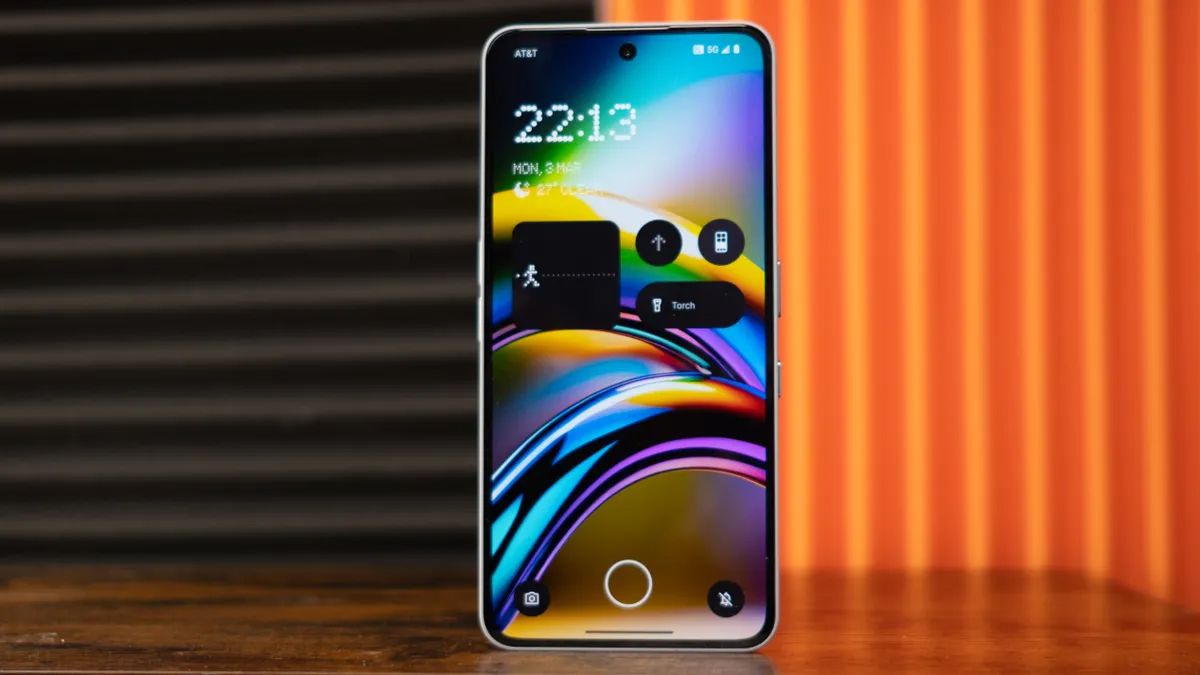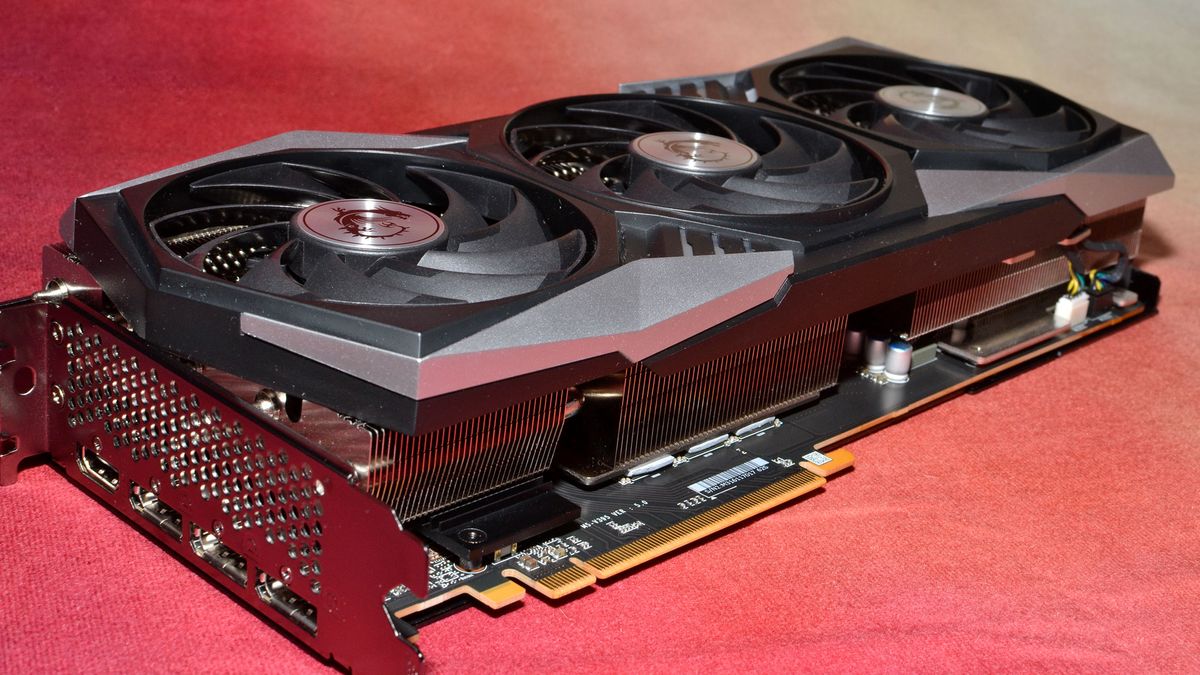Forget Samsung's $1,800 Galaxy XR, the Android XR device I'm actually intrigued to see is Xreal's Project Aura, an evolution of the company's existing smart glasses. Instead of being an expensive and bulky headset like the Galaxy XR and Apple Vision Pro, Xreal's devices are like over-sized sunglasses that project a virtual display atop transparent lenses. I genuinely loved Xreal's $649 One Pro for its comfort, screen size and relative affordability.
Now that I'm testing the M5-equipped Vision Pro (full review to come soon!), it's clearer than ever that Apple should replicate Xreal's winning formula. It'll be a long while before we'll ever see a smaller Vision Pro-like device under $1,000, but Apple could easily build a similar set of comfortable smart glasses that more people could actually afford. And if they worked like Xreal's glasses, they'd also be far more useful than something like Meta's $800 Ray-Ban Display, which only has a small screen for notifications and quick tasks like video chats.

Xreal One Pro smart glasses (Devindra Hardawar for Engadget)
While we don't have any pricing details for Project Aura yet, given Xreal's history of delivering devices between $200 and $649, I'd bet they'll come in cheaper than the Galaxy XR. Xreal's existing hardware is less complex than the Vision Pro and Galaxy XR, with smaller displays, a more limited field of view and no built-in battery. Project Aura differs a bit with its tethered computing puck, which will be used to power Android XR and presumably hold a battery. That component alone could drive its price up to $1,000 — but hey, that's better than $1,800.
During my time with the M5 Vision Pro, I couldn't help but imagine how Apple could bring visionOS to its own Xreal-like hardware, which I'll call the "Vision Air" for this thought experiment. The basic sunglasses design is easy enough to replicate, and I could see Apple leaning into lighter and more premium materials to make wearing the Vision Air even more comfortable than Xreal's devices. There's no doubt it would be lighter than the 1.6-pound Vision Pro, and since you'd still be seeing the real world, it also avoids the sense of being trapped in a dark VR headset.
To power the Vision Air, Apple could repurpose the Vision Pro's battery pack and turn it into a computing puck like Project Aura's. It wouldn't need the full capabilities of the M5 chip, it would just have to be smart enough to juggle virtual windows, map objects in 3D space and run most visionOS apps. The Vision Air also wouldn't need the full array of cameras and sensors from the Vision Pro, just enough track your fingers and eyes.
I could also see Apple matching, or even surpassing, Project Aura's 70-degree field of view, which is already a huge leap beyond the Xreal One Pro's 57-degree FOV. Xreal's earlier devices were severely limited by a small FOV, which meant that you could only see virtual screens through a tiny sliver. (That's a problem that also plagued early AR headsets like Microsoft's HoloLens.) While wearing the Xreal One Pro, though, I could see a huge 222-inch virtual display within my view. Pushing the FOV even higher would be even more immersive.
In my review of the original Vision Pro, I wrote, "If Apple just sold a headset that virtualized your Mac's screen for $1,000 this well, I'd imagine creative professionals and power users would be all over it." That may be an achievable goal for the Vision Air, especially if it's not chasing total XR immersion. And even if the Apple tax pushed the price up to $1,500, it would still be more sensible than the Vision Pro’s $3,500 cost.
While I don’t have high hopes for Android XR, its mere existence should be enough to push Apple to double-down on visionOS and deliver something people can actually afford. If Xreal can design comfortable and functional smart glasses for a fraction of the Vision Pro’s cost, why can't Apple?

 1 day ago
3
1 day ago
3








 English (US) ·
English (US) ·